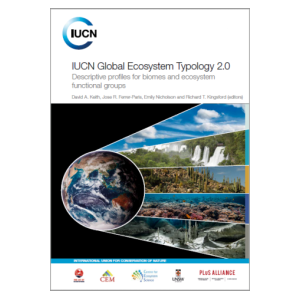Stefan Bertilsson, professor at the Department of Aquatic Sciences and Assessment, has contributed to a new typology describing 108 global ecosystem types. The typology will help identify which types of ecosystems are most critical to biodiversity conservation and to the supply of ecosystem services, and which are at greatest risk of collapse.
IUCN Global Ecosystem Typology 2.0 is the first-ever comprehensive system for classifying and mapping all ecosystems on Earth based on both their functions and composition. It is published by IUCN (see fact box below) and includes ecosystems that are shaped by humans, such as dams and croplands, and natural ecosystem, such as forests, desserts, lakes, streams, and ocean trenches.
Stefan Bertilsson is a professor of Functional Ecology of Limnic Systems. His main focus is microbial ecology and he has contributed with information about the ecosystem types Freeze-thaw freshwater lakes and Small permanent freshwater lakes.
Explore the typology and read the report
Explore the typology at an interactive website: global-ecosystems.org
The report can also be downloaded from the IUCN webpage:
David A. Keith, José R. Ferrer-Paris, Emily Nicholson and Richard T. Kingsford (eds.) (2020) The IUCN Global Ecosystem Typology 2.0: Descriptive profiles for biomes and ecosystem functional groups. Gland, Switzerland: IUCN. ISBN: 978-2-8317-2077-7. DOI:10.2305/IUCN.CH.2020.13.en.
